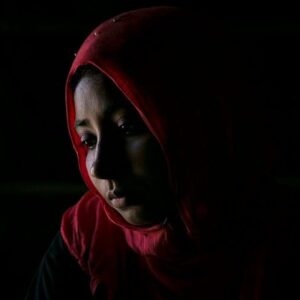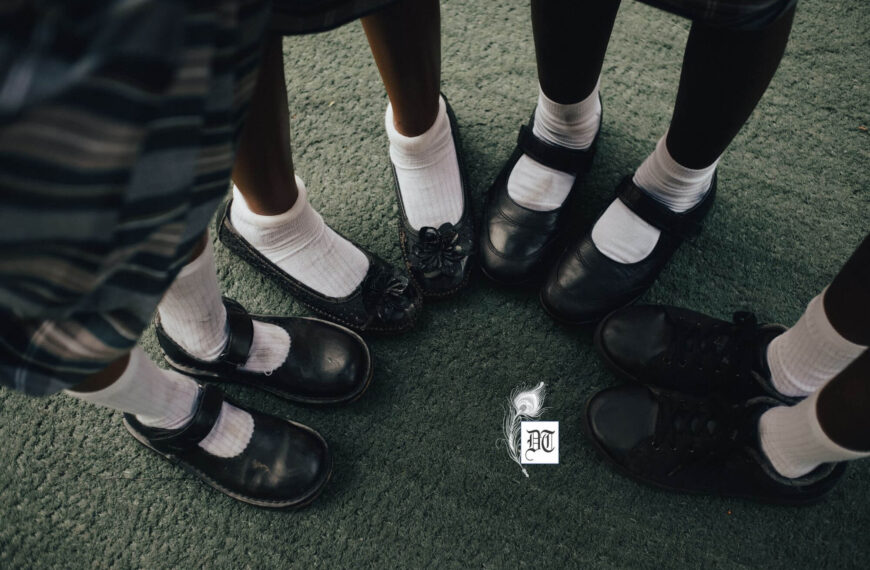Tabassum previews a Bollywood film on Rohingya, in which a Bangladeshi model, Tangia Zaman Methila, is playing a lead role. An exclusive for Different Truths.
 “Truth is stranger than fiction, but it is because Fiction is obliged to stick to possibilities; Truth isn’t.” ~ Mark Twain
“Truth is stranger than fiction, but it is because Fiction is obliged to stick to possibilities; Truth isn’t.” ~ Mark Twain
Bollywood film, Rohingya, People from Nowhere, is under construction and to be released next year. The film is based on Husne Ara, a Rohingya genocide survivor, in Rohingya: People from Nowhere. Produced by Thunder Dragon Production, this Bollywood feature film is directed by Haider Khan. Bangladeshi model Tangia Zaman Methila is playing the role of Husne Ara.
The film is based on Husne Ara, a Rohingya genocide survivor, in Rohingya: People from Nowhere. Produced by Thunder Dragon Production, this Bollywood feature film is directed by Haider Khan. Bangladeshi model Tangia Zaman Methila is playing the role of Husne Ara.
The film focuses on the love story of a simple Rohingya girl. The shooting of the film is almost complete, the team plans to release it next year. Actor Sangay Tsheltrim, a Bhutanese bodybuilder and a former member of the Bhutanese army, plays an Indian SF para as the male lead of the film. Baharul Islam, an acclaimed National School of Drama (NSD) actor portrays another important role. Other actors in the film include Rajib Kalita, Anil Choudhary, Gotam Gossain, Kapil Gujar, Daljit sean Singh, Audery Hatibarua, Dilip Khanal, Jyotishman Sharmah and Puja Kulay.
The Rohingya roles were being assisted and trained by two Rohingya – Ali Johar and Sabber Kyaw Min, who have also translated the dialogues in the film. Bangladeshi model Tangia Zaman Methila took special training to learn the Rohingya language. According to Haider, “A striking feature of the film is that it’s shot in Bhutan, North East India and in the snow-capped valleys of Uttarakhand. The most astonishing thing about this film is that it’s completely shot in natural light. No hair or makeup artist has been used in the entire film.”
Bangladeshi model Tangia Zaman Methila took special training to learn the Rohingya language. According to Haider, “A striking feature of the film is that it’s shot in Bhutan, North East India and in the snow-capped valleys of Uttarakhand. The most astonishing thing about this film is that it’s completely shot in natural light. No hair or makeup artist has been used in the entire film.”
Haider says, “The real issues in the film have been very close to my heart. I like to mix reality and fiction. It’s also a very rare subject and no one has ever made a film about the Rohingyas yet. The film shows the heroism of the Indian army while also poignantly depicting the suffering of the Rohingyas, who have faced persecution and state-sponsored violence in Myanmar for decades. This has resulted in one million Rohingyas to flee to Bangladesh to take refuge in Bangladesh.
“I have been hearing about and watching the plight of the Rohingyas for many years, which touched me greatly,” says Haider. He decided to highlight the Rohingya crisis through the medium of cinema. “I see the world as a cinematic canvas.” He began with writing a script on the genocide of the Rohingyas in Myanmar and after two years of hard work, he completed the production of Rohingya his first feature film.
He began with writing a script on the genocide of the Rohingyas in Myanmar and after two years of hard work, he completed the production of Rohingya his first feature film.
Haider hopes the movie will bring the plight of the Rohingyas into the mainstream. He decided to use a fictional story set in the present-day crisis faced by the  Rohingya community. “At times, to reach the masses, I have chosen the way that masses understand. Not everybody is interested in watching a documentary or written post. Many times, movies have brought attention to issues which otherwise had remained unnoticed for decades,” says Haider, to Rohingya Human Rights Initiative.
Rohingya community. “At times, to reach the masses, I have chosen the way that masses understand. Not everybody is interested in watching a documentary or written post. Many times, movies have brought attention to issues which otherwise had remained unnoticed for decades,” says Haider, to Rohingya Human Rights Initiative.
We hope that his intentions are good. The poster released by the production shows that the reality is far behind. Bangladeshi model, who is playing the role of a Rohingya woman does not look like Rohingya woman and she is seen there with a rifle. In reality, thousands of Rohingya women were raped. murdered, butchered and torched with fire. We have not heard of a single Rohingya woman taking up a rifle.
The poster released by the production shows that the reality is far behind. Bangladeshi model, who is playing the role of a Rohingya woman does not look like Rohingya woman and she is seen there with a rifle. In reality, thousands of Rohingya women were raped. murdered, butchered and torched with fire. We have not heard of a single Rohingya woman taking up a rifle.
Well, in films especially in Bollywood films we do not expect the 100% portrayals of reality. But we expect minimum portrayal of real life. It would not be fair to comment on the film before watching it. What we expect that the film will not make a mockery of the world’s most persecuted minority. We would like to think that behind the camera, there is not only a creative eye but also a sensitive heart.
Haider Khan, one of the biggest names in photography and advertising in India, put aside the world of glamour and commercial profit agenda for a moment and will see the suffering of the Rohingya community from the humanity perspective.
Photos sourced by the author





 By
By
 By
By

 By
By